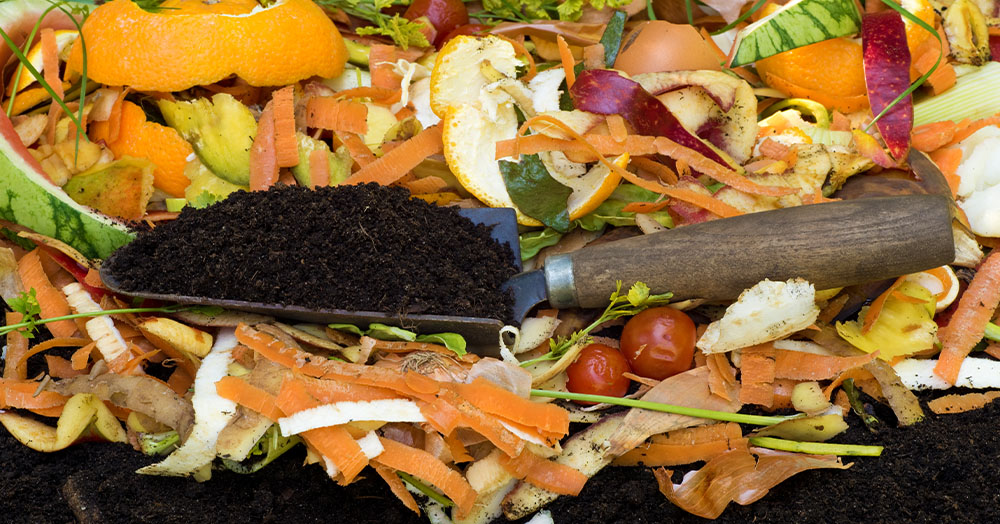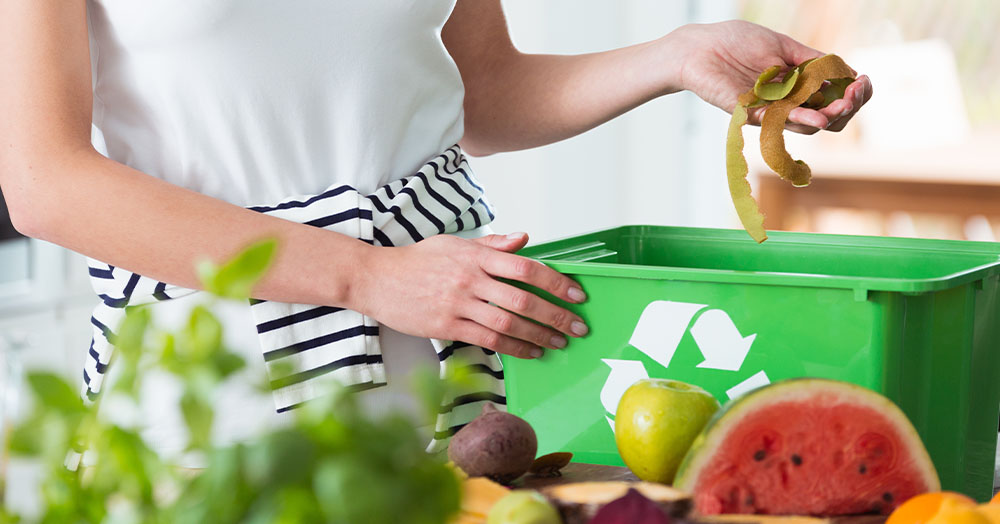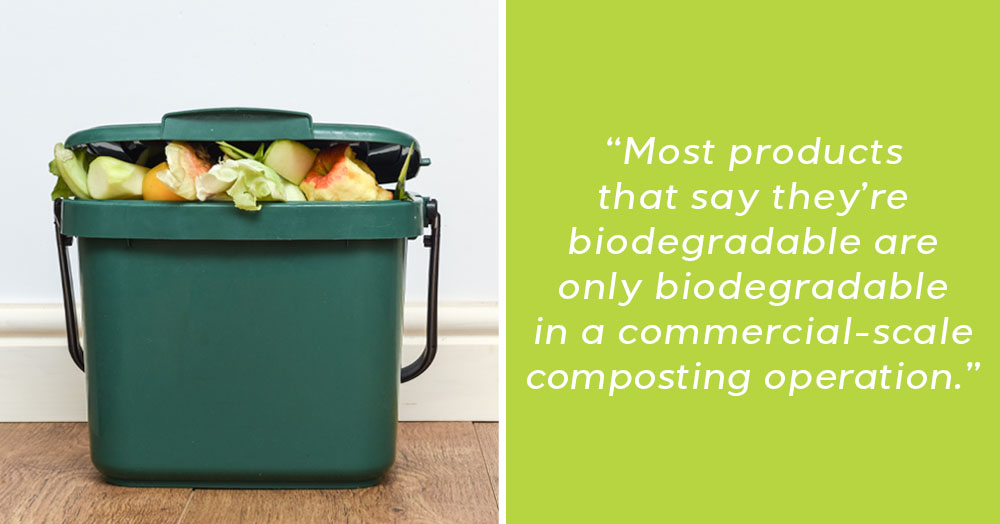Composting 101: What Goes In and What Stays Out
Composting might just be one of our favourite topics because compost is a gardener’s best friend. High-quality compost is the secret ingredient that makes your garden produce the healthiest plants, highest yields, and tastiest fruits and veggies.
Creating perfect compost can be tricky, however. It’s not difficult to maintain, but it’s also not as simple as just tossing your kitchen scraps in a bin and waiting. Any food product can eventually break down into the soil in a compost bin, but that doesn’t mean you want to grow your new veggies in it!
Some kitchen scrap items can take an extremely long time to break down, or they may not break down in a way that’s safe to use for growing vegetables. If they take too long, they may rot and stink. Stinky compost is also highly attractive to all sorts of pests and rodents, including bears. We’ve got the how-to on making compost that will serve you and your garden well!

The Key Ingredients of Compost
Your compost needs three key ingredients to make the process of breaking down into soil happen efficiently:
- Nitrogen, from green matter
- Carbon, from brown matter
- Water
The right balance of those three key ingredients will turn your kitchen and yard waste into beautiful black gold as quickly as possible.
What Can I Add to My Compost?
The most effective ratio for breaking scraps into compost is two parts brown matter for every part of green matter. Besides having the proper ratio, the best way to speed up your compost process is to break down the items as much as you can before adding them to your compost. The smaller the item, the faster the beneficial bacteria and microbes in the compost can turn it into the soil.

To make sure your compost is healthy and serves your garden, you can add the following items to it:
Green Matter, for Nitrogen:
- Vegetable and fruit scraps
- Coffee grounds
- Tea leaves
- Grass clippings
- Flowers
- Foliage from pruning
- Weeds that haven’t gone to seed
- Eggshells
- Seaweed
- Well-rotted manure from cows, horses, sheep, chickens, or rabbits
Brown Matter, for Carbon:
- Dry leaves
- Chopped branches and twigs
- Untreated dried wood chips
- Untreated sawdust or shavings
- Non-waxed cardboard
- Plain paper
- Cornstalks
- Straw
- Hay
- Dry woody plant material
Last but not least, your compost needs water to work. So keep it damp, like a moist sponge, but not sopping wet. Your compost will also break down faster if you turn it regularly with a pitchfork or shovel.
What to Avoid Adding to Compost
There is a long list of items that do not belong in a home composter. Most organic items are technically compostable, but many will only break down safely when a compost heap reaches a specific internal temperature. The average home compost pile, which will get warm, cannot reach and sustain the temperatures needed to neutralize some organic items safely.
Only Add in Very Small Amounts:
- Condiments like ketchup, relish, soy sauce, salad dressing, peanut butter, mayo
- Nutshells
- Whole corn cobs
- Large chunks of citrus peels, especially if you have worms working in your compost
- Onions and garlic
- Large amounts of bread and baked goods
Avoid Entirely:
- Meat, fish or bones
- Dairy products
- Raw eggs
- Fats: butter, oil, animal fat or grease
- Coffee pods
- Bagged tea
- Biodegradable bags
- Waxed or coated cardboard
- Coloured or glossy paper
- Foil
- Biodegradable plastics
- Fruit stickers
- Ash from the fire pit
- Toxic plant material
- Treated lumber chips or sawdust
- Synthetic fertilizers
- Foliage, trimmings or lawn clippings with pesticide or herbicide residues
- Diseased plants
- Weeds that have gone to seed or invasive plants
- Cigarette butts
- Dog and cat urine or feces
- Soap
- Dryer lint

Some of the items in the list above seem innocuous, but they can drastically slow down your composting process. Some never break down properly or may contain non-organic matter. For example, many tea bags are made of plastic.
Additionally, most products that say they’re biodegradable are only biodegradable in a commercial scale composting operation. Commercial composting creates larger heaps, which means they reach and sustain temperatures that break down more materials and kill harmful bacteria. Unless you’re using a dozer to turn your acres of compost, it’s best to stick to the safe options!
We hope you feel more confident about composting with this guide. If you still have questions or want to get started, stop by Mother Nature, and we can help set you up with a system that will be easy for you to maintain.

